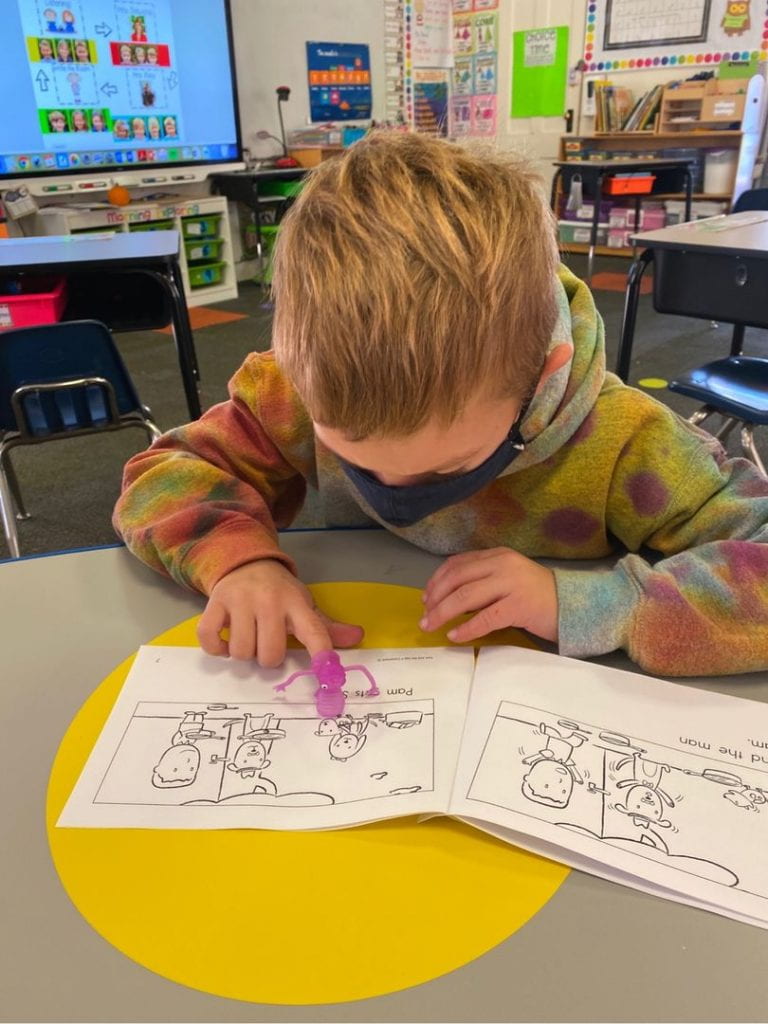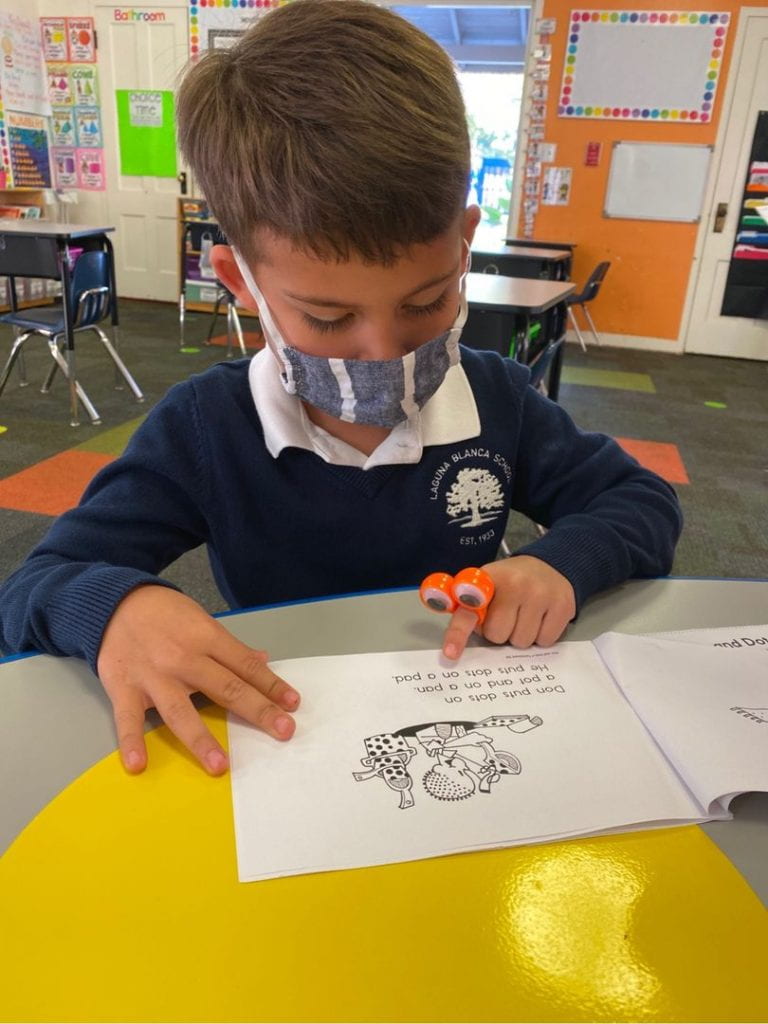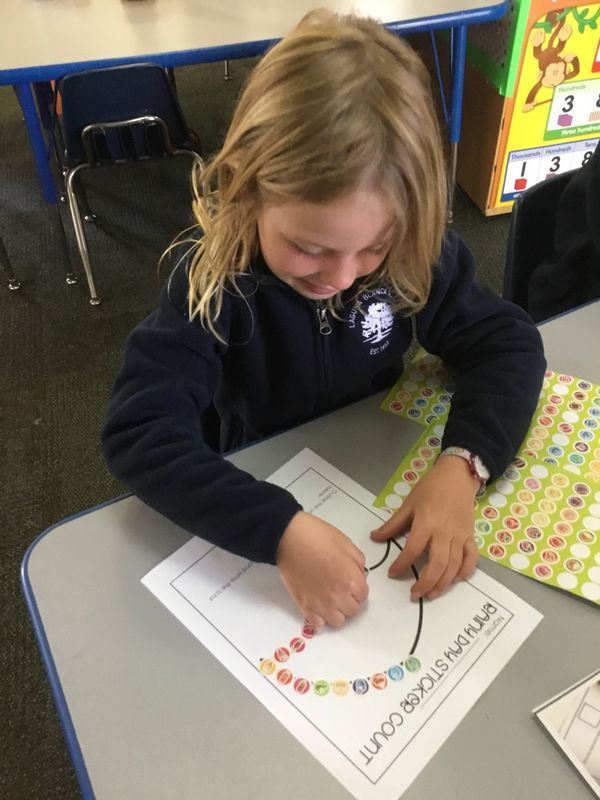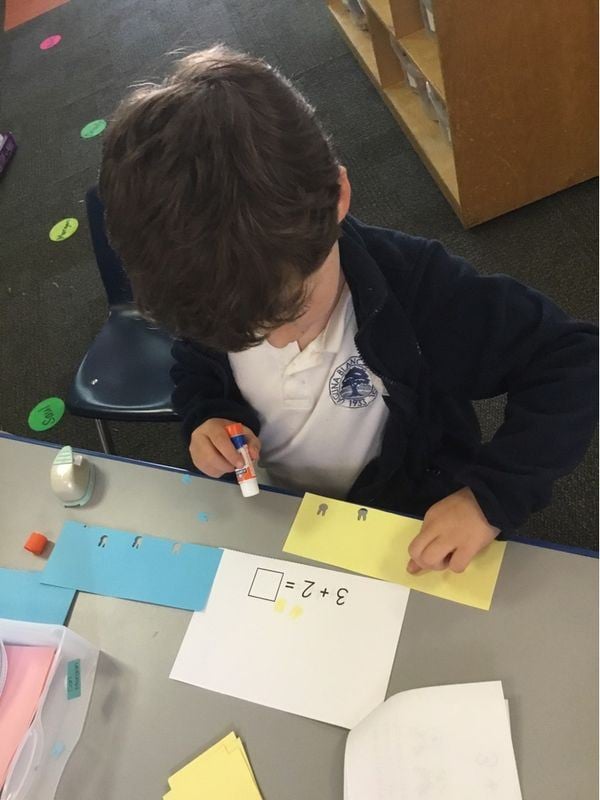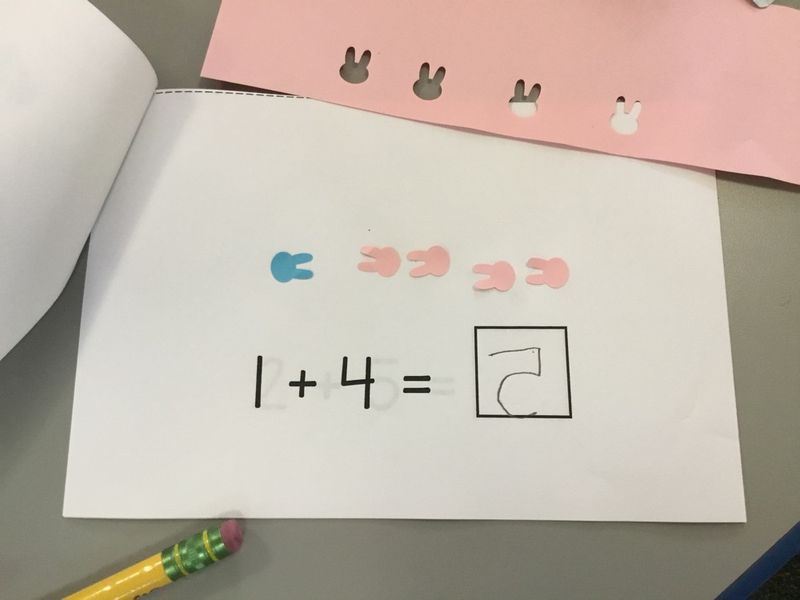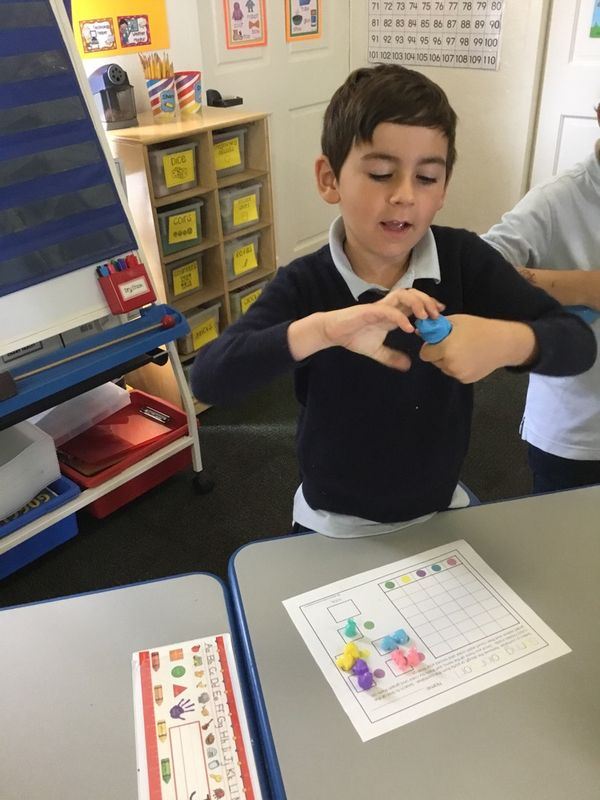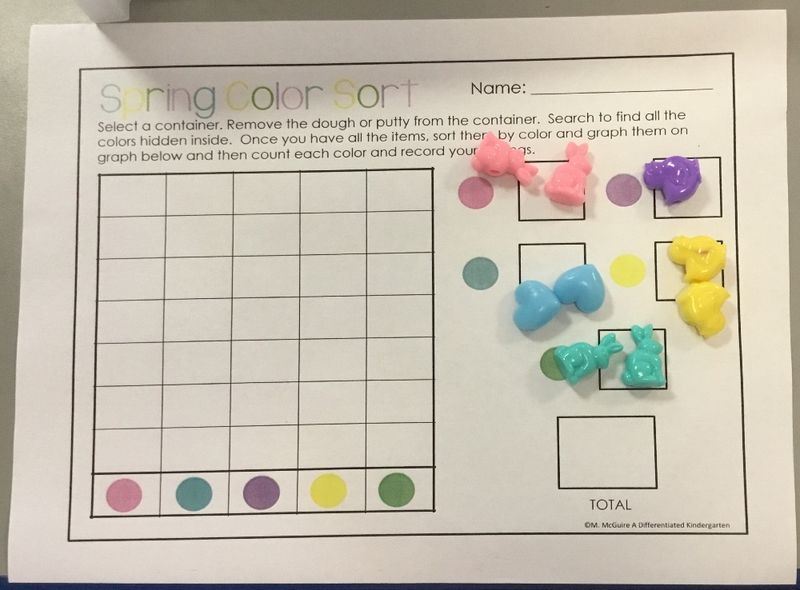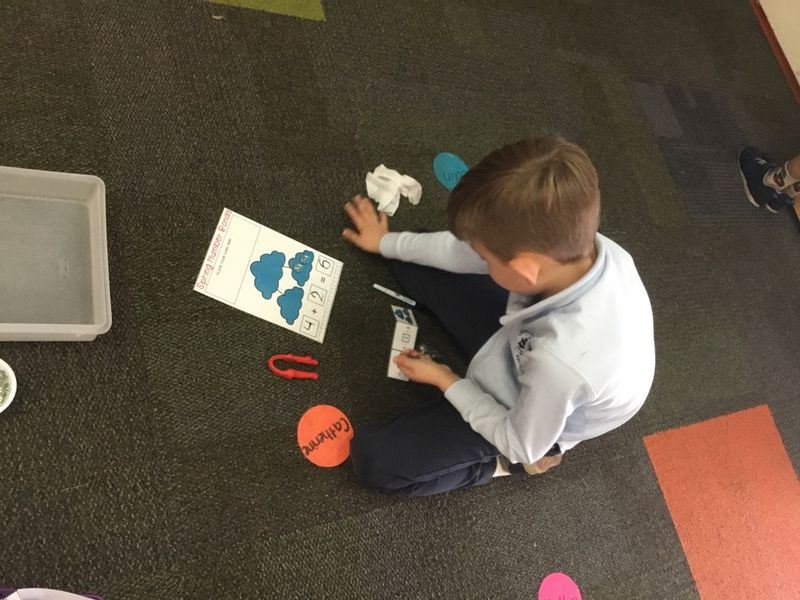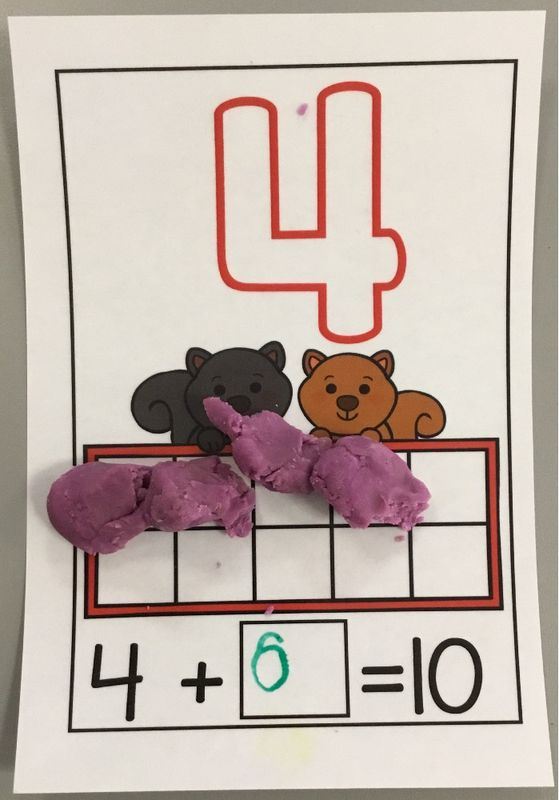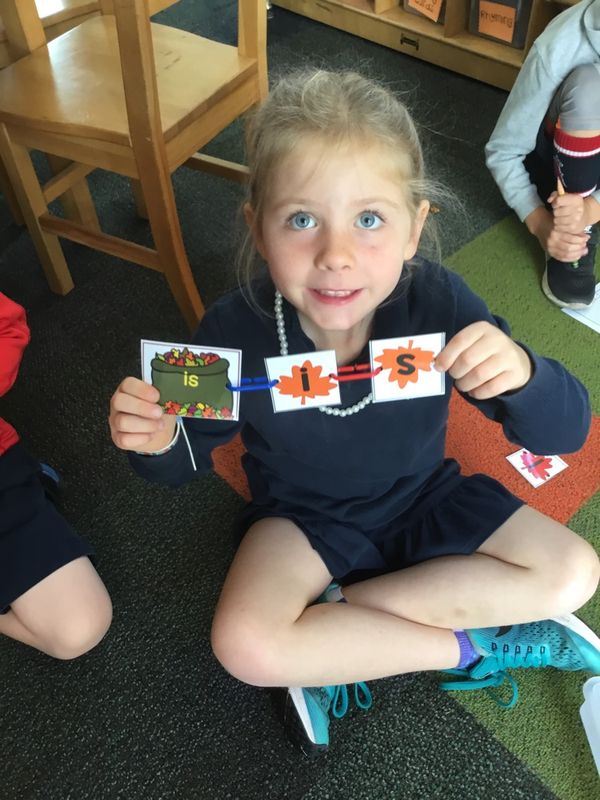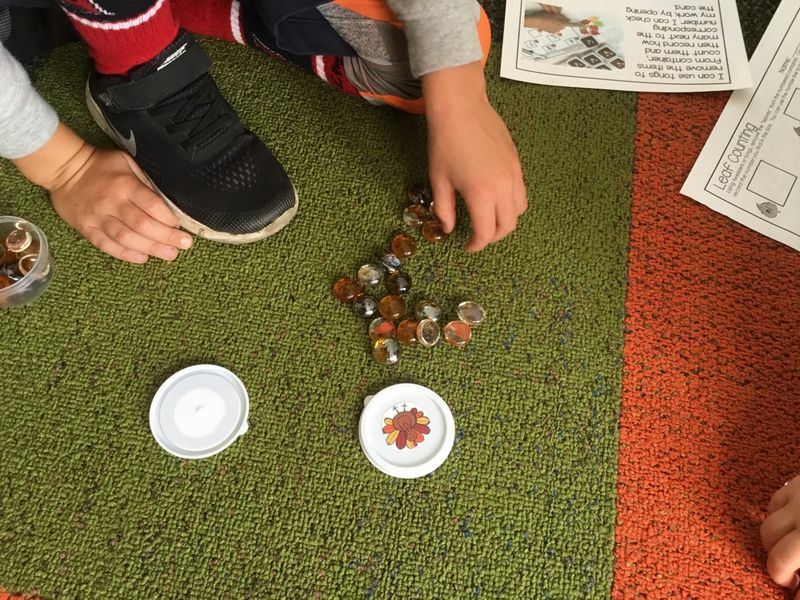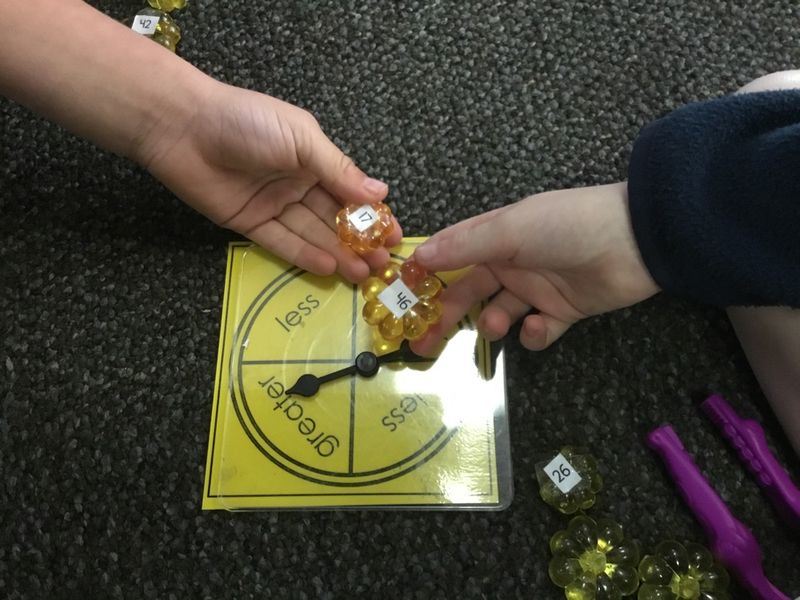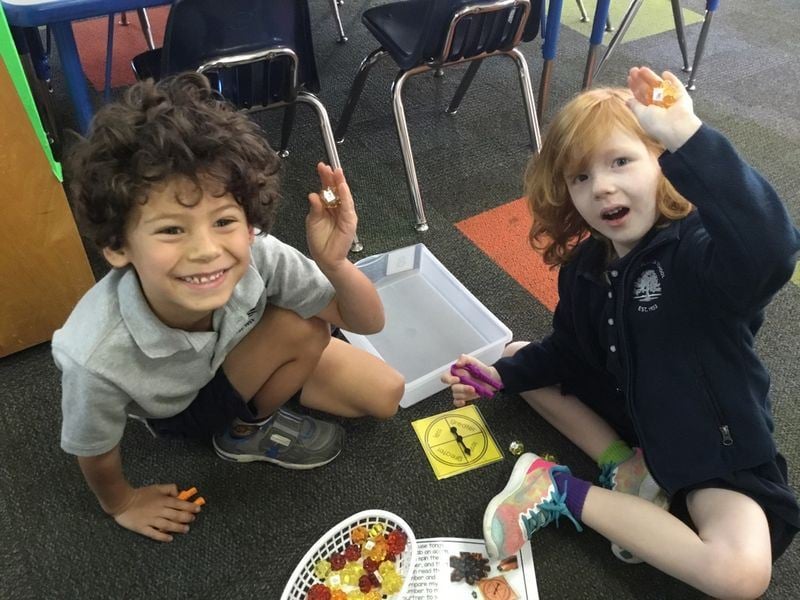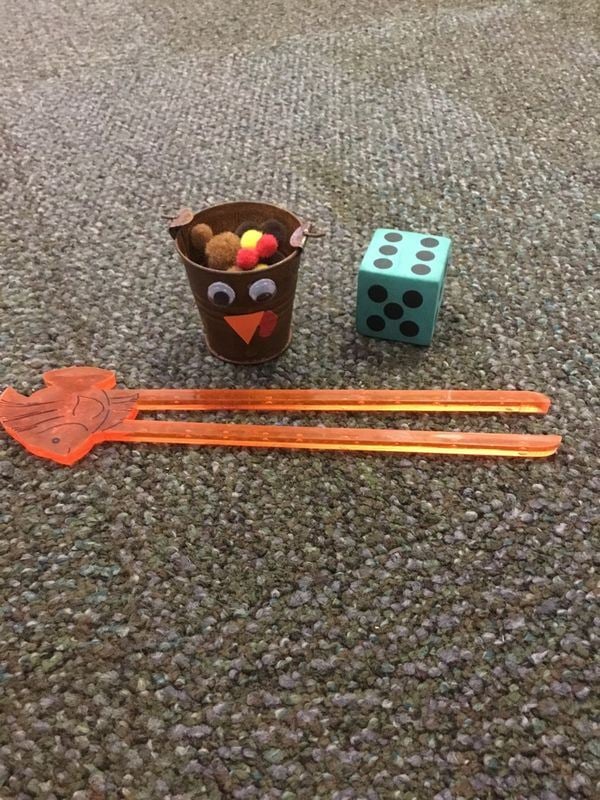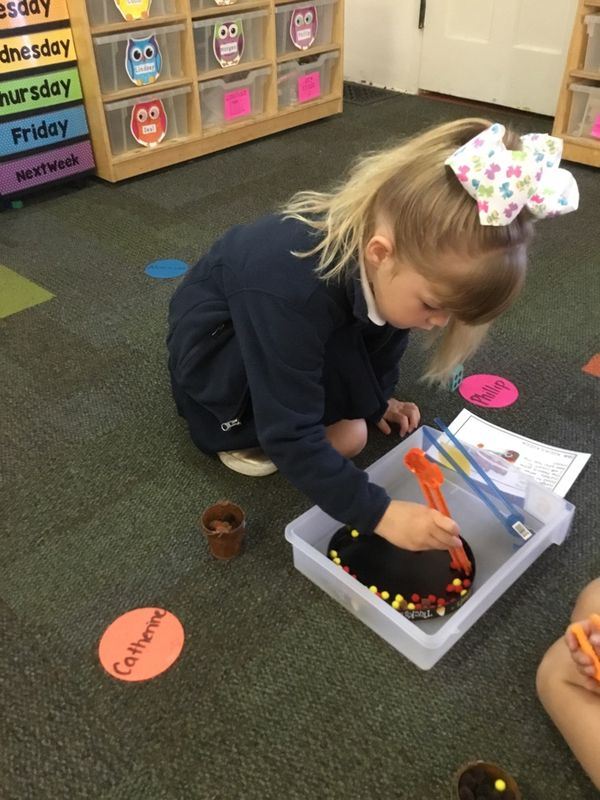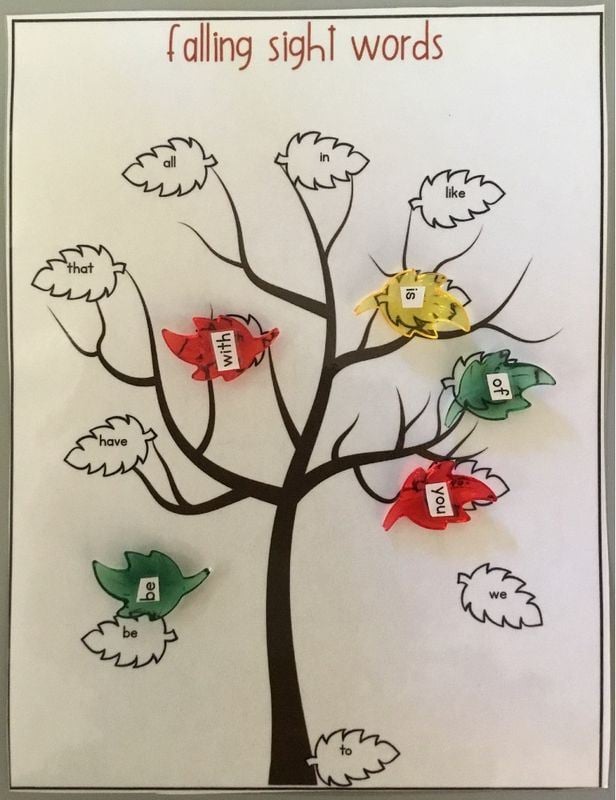It has been a quick three weeks of November in Kindergarten! So much has happened! First, we have new Morning Exploring bins that the students have been loving. Here are the skills we are working on:
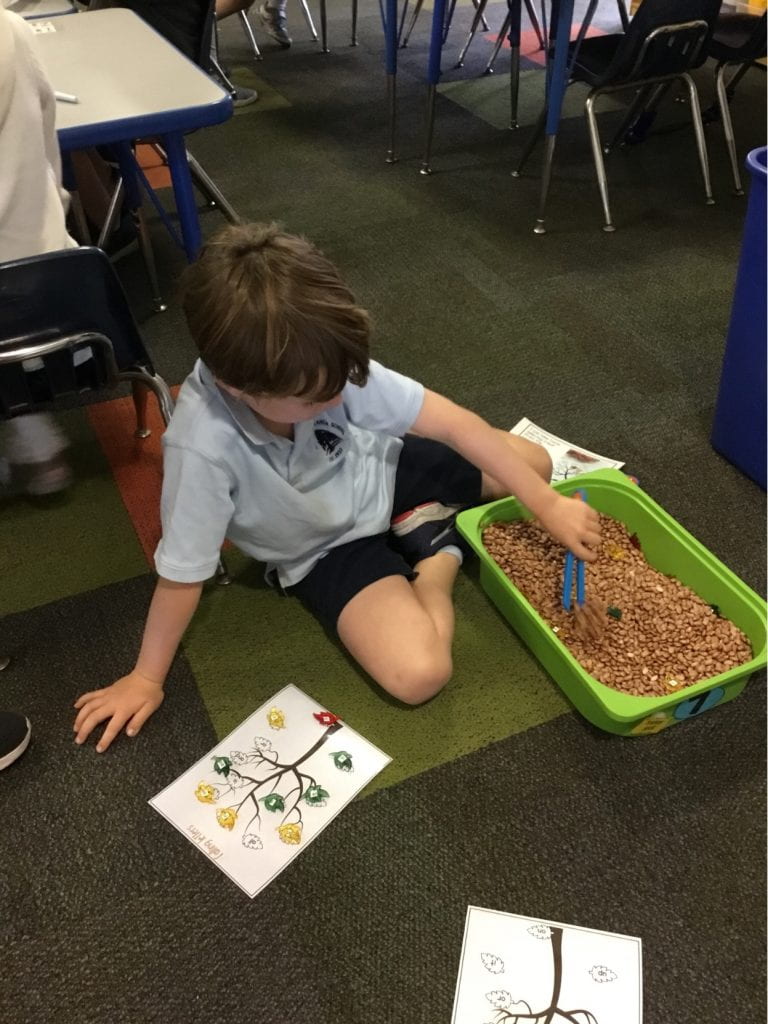

High-frequency word search: students use tongs to pick leaves out of the sensory bin. They read the high-frequency word that is on the leaf and match it to their tree.

Teen numbers: Students choose a card and build the teen number using sunflower seeds.

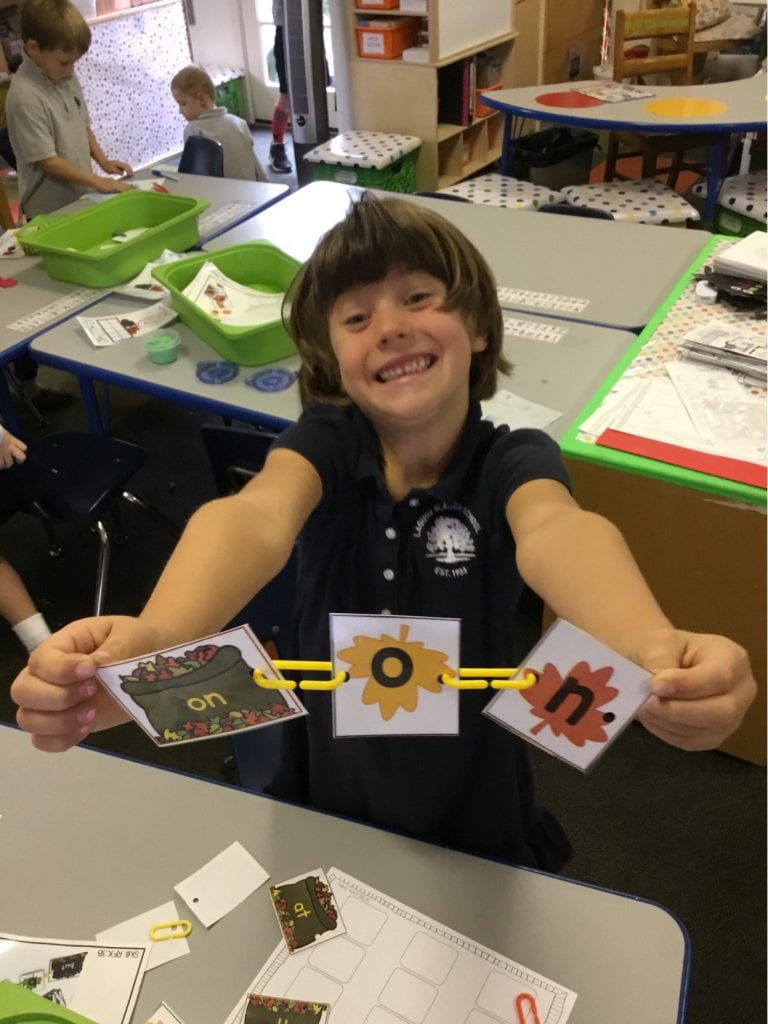
High-frequency words: Using links, students spell high-frequency words.

Before and after: Students choose a number card. They build that number using a ten frame and then write the number that comes before and after.
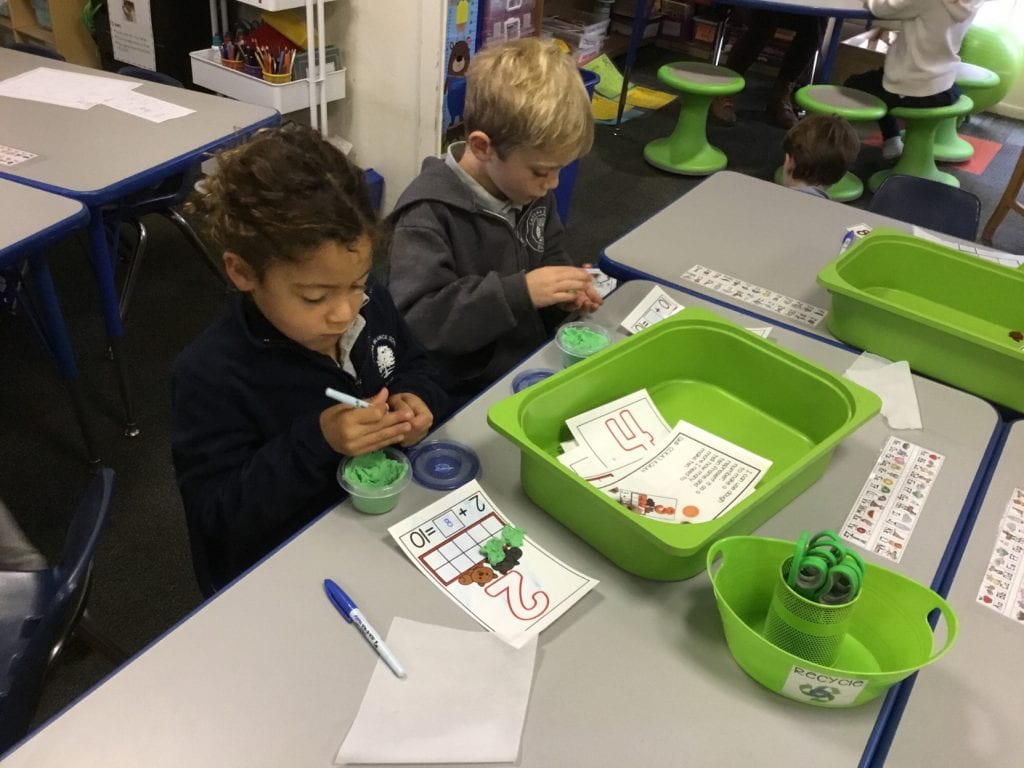
Missing addend: Using algebraic thinking, students solve equations with a missing addend while building fine motor skills!
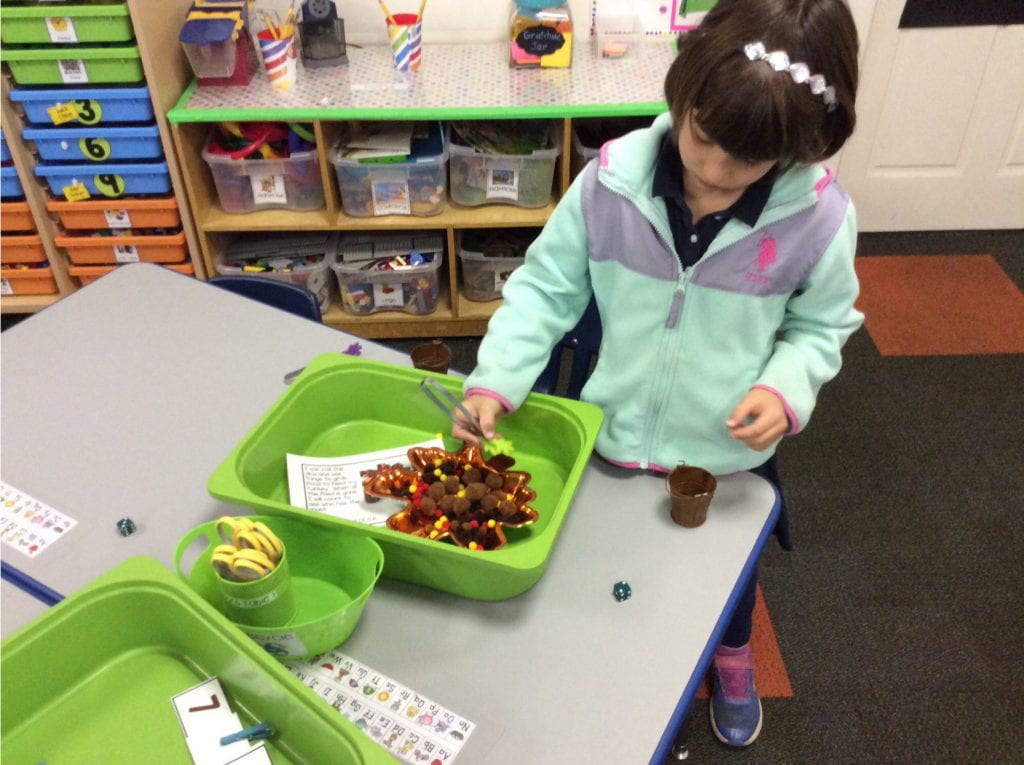
Adding and counting: Students roll two dice and place the pompoms equalling the number rolled into their turkey. Whoever has the most pompoms at the end is the winner.
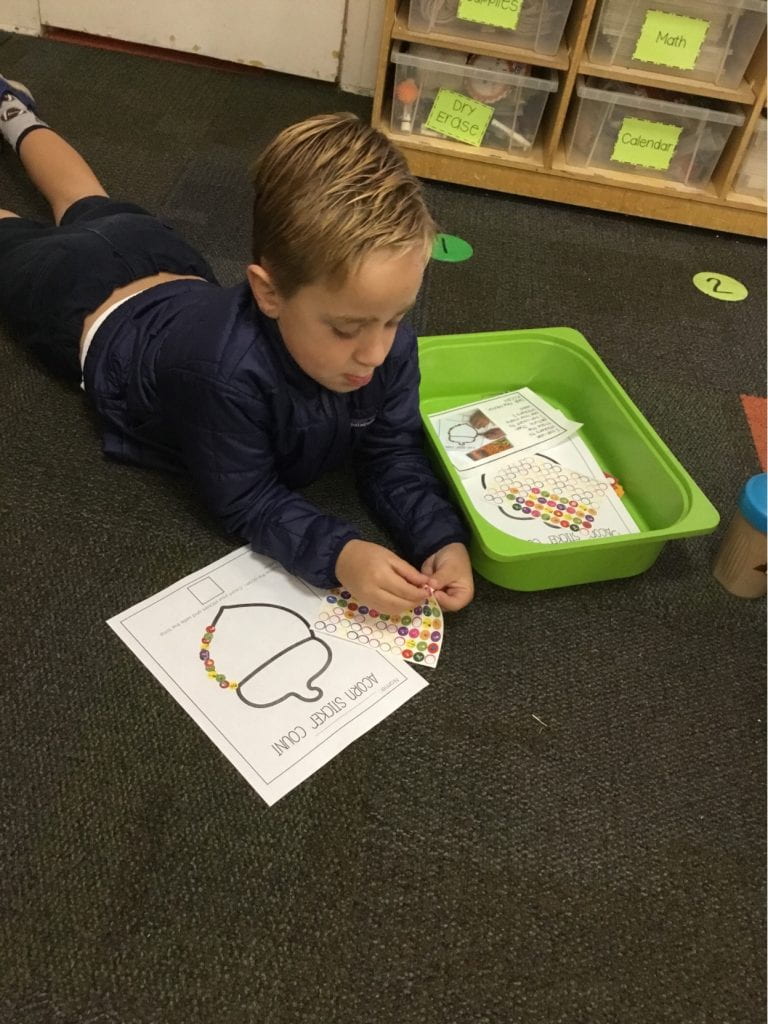
Counting numbers greater than 40: Students use stickers to trace the outline of an acorn. They then count the total amount of stickers needed to go all the way around the acorn.

Counting and writing numbers: Students choose a turkey cup and count how many glass beads are in the cup. They then record their answers. Cups contained between 10 and 25 beads.
We also have a new filler in the sensory table…birdseed and giant acorns! We even attracted some wild birds one day!
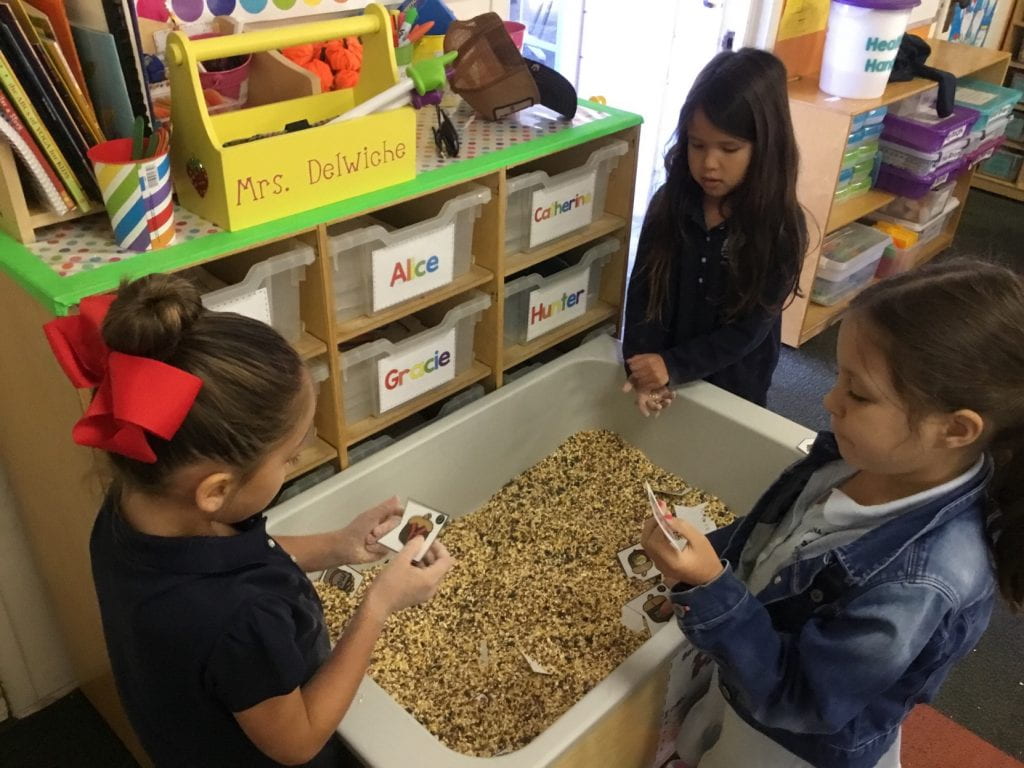
In math, we have been exploring the concept of addition, focusing on the many strategies that can be used to solve addition equations. These strategies range from using tally marks, counting on, using a ten frame, drawing pictures, using objects to count, and using a number line.
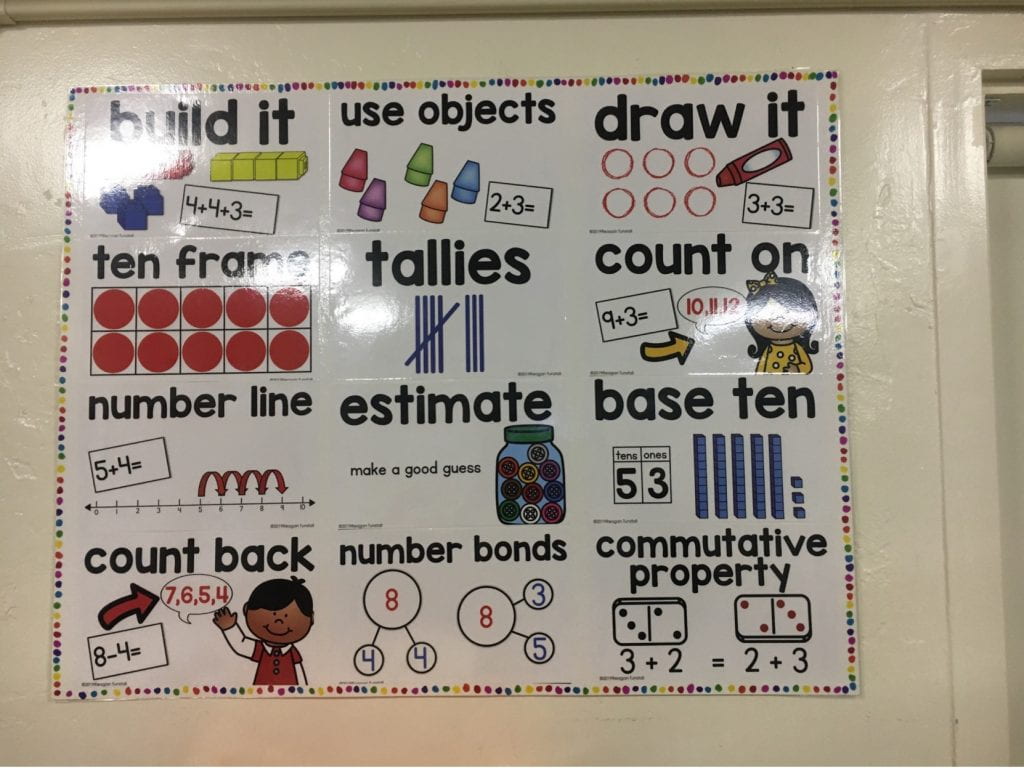
This poster covers many of the strategies that we have been using.
The students have been really enjoying the number line. I find them solving equations during passing periods or free time!
We have been practicing reading. Students are encouraged to touch each word as they read, so I bought these funny little googly eyes that attach to their fingers to help students remember to touch each word. Aren’t these the cutest ever?!
It’s hard to believe that the classroom will change over to reflect my gingerbread theme in a few short days!

